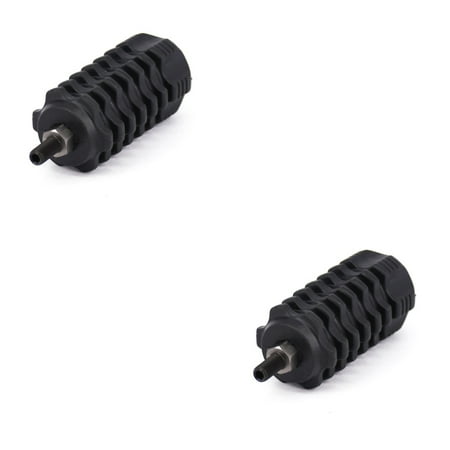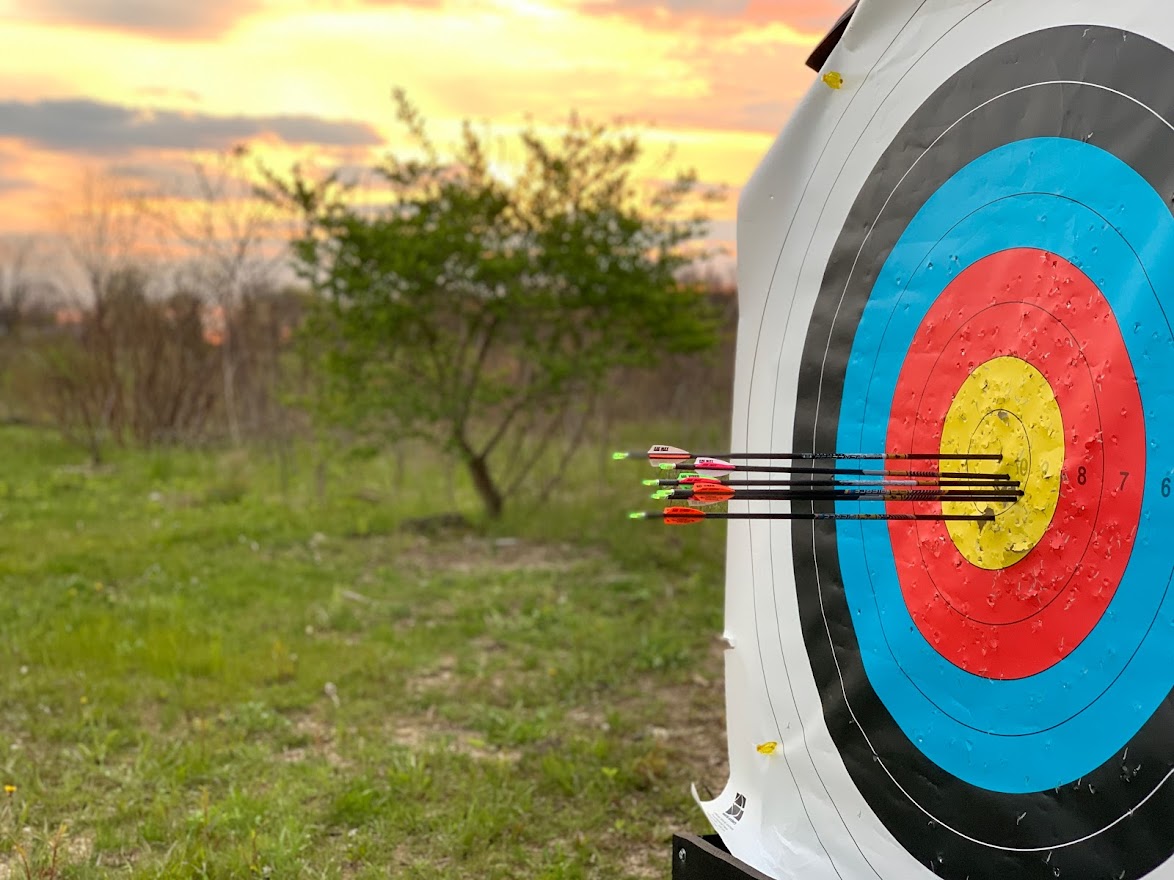Optimize Your Archery Precision With These Bow Stabilizer Techniques
One critical aspect that can significantly affect your performance is the correct application of bow stabilizers. Whether you are a skilled archer looking to improve your skills or a newbie anxious to boost your precision, grasping these bow stabilizer strategies might be the secret to hitting your mark with unequaled consistency.
Benefits of Using Bow Stabilizers
Using bow stabilizers can significantly improve an archer's precision and overall efficiency by lessening bow torque and resonance. Furthermore, bow stabilizers wet resonance, which not only improves the comfort of shooting yet also protects against the bow from jumping upon launch, thus helping in maintaining appropriate objective.
In addition, bow stabilizers can help in holding the bow stable, particularly throughout windy problems or when shooting from longer distances. The added weight at the front of the bow gives stability and balance, enabling the archer to focus on intending without the interruption of bow motion. Overall, the advantages of making use of bow stabilizers extend beyond simply precision, enhancing the archer's experience and efficiency in different shooting situations.
Choosing the Right Bow Stabilizer
Picking the ideal bow stabilizer is critical for optimizing your archery equipment and enhancing shooting performance. When selecting a bow stabilizer, there are a number of factors to consider to ensure you find the best suitable for your needs. First of all, take into consideration the weight of the stabilizer. Larger stabilizers can help lower bow torque and absorb more resonance, resulting in a steadier objective. Lighter stabilizers use even more ability to move, which can be valuable in particular shooting scenarios.

Lastly, think about the design of the stabilizer. Some stabilizers come with adjustable weights or dampeners that permit you to personalize the balance and feeling of your bow. Eventually, choosing the ideal bow stabilizer involves discovering an equilibrium between weight, size, layout, and material to enhance your capturing precision and total efficiency.
Appropriate Installment Methods
To make sure optimal efficiency and safety and security in archery, grasping correct installation strategies for your bow stabilizer is necessary. The very first step in setting up a bow stabilizer is to identify the appropriate placement on your bow. A lot of stabilizers are affixed to the front of click for source the riser, listed below the grip, to help counterbalance the weight of accessories such as quivers and sights. Guarantee that the stabilizer is not interfering with other elements or impeding your capturing type.
Following, safely attach the stabilizer to the bow making use of the ideal placing hardware. Some stabilizers come with flexible weights that can be included or removed to adjust the balance of your bow.

Changing Stabilizer Weight and Size
After making certain the proper setup of your bow stabilizer, the following step entails readjusting the weight and length to maximize its efficiency in boosting archery precision. The weight of the stabilizer plays an important function in lessening bow motion throughout the shot cycle.
When it pertains to stabilizer length, locating the right balance is crucial. A longer stabilizer can supply higher stability by raising the distance in between the bow and the weight More about the author at the end of the stabilizer. This included range boosts the stabilizing effect, specifically in gusty conditions or when firing at longer distances. Conversely, a much shorter stabilizer uses a lot more ability to move and might be chosen by archers that value dexterity and fast movements during capturing.
Advanced Stabilizer Tuning Tips
Achieving optimum bow security and precision in archery demands a nuanced approach to sophisticated stabilizer tuning. Advanced stabilizer adjusting includes fine-tuning various elements to boost the bow's balance, minimize resonance, and improve overall accuracy.
An additional essential element of advanced stabilizer adjusting is enhancing the damping residential properties of the stabilizer system. This can be accomplished by including additional dampening devices such as rubber dampeners or harmonic stabilizers to further decrease important site resonance and noise. Discovering various products for the stabilizer construction, such as carbon fiber or aluminum, can likewise affect the bow's performance by modifying its weight circulation and rigidity. By carefully make improvements these advanced stabilizer elements, archers can maximize their accuracy and uniformity on the variety or in competition.
Conclusion
In final thought, making best use of archery precision can be achieved with the correct choice, installation, and modification of bow stabilizers. Overall, incorporating bow stabilizers into archery technique can lead to improved efficiency and enhanced precision.
Utilizing bow stabilizers can significantly enhance an archer's accuracy and total performance by lessening bow torque and vibration. Longer stabilizers supply greater stability and balance, particularly for long-distance capturing, while shorter stabilizers use even more flexibility and are easier to navigate in limited spaces (bow stabilizer). Carbon fiber stabilizers are long lasting and lightweight, while aluminum stabilizers are robust and offer exceptional vibration wetting
A longer stabilizer can supply better stability by enhancing the range in between the bow and the weight at the end of the stabilizer.Another crucial aspect of sophisticated stabilizer adjusting is maximizing the damping residential or commercial properties of the stabilizer system.
Comments on “Discover the most effective Bow Stabilizers for every single Archer's Demands”